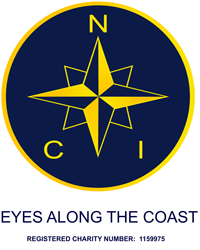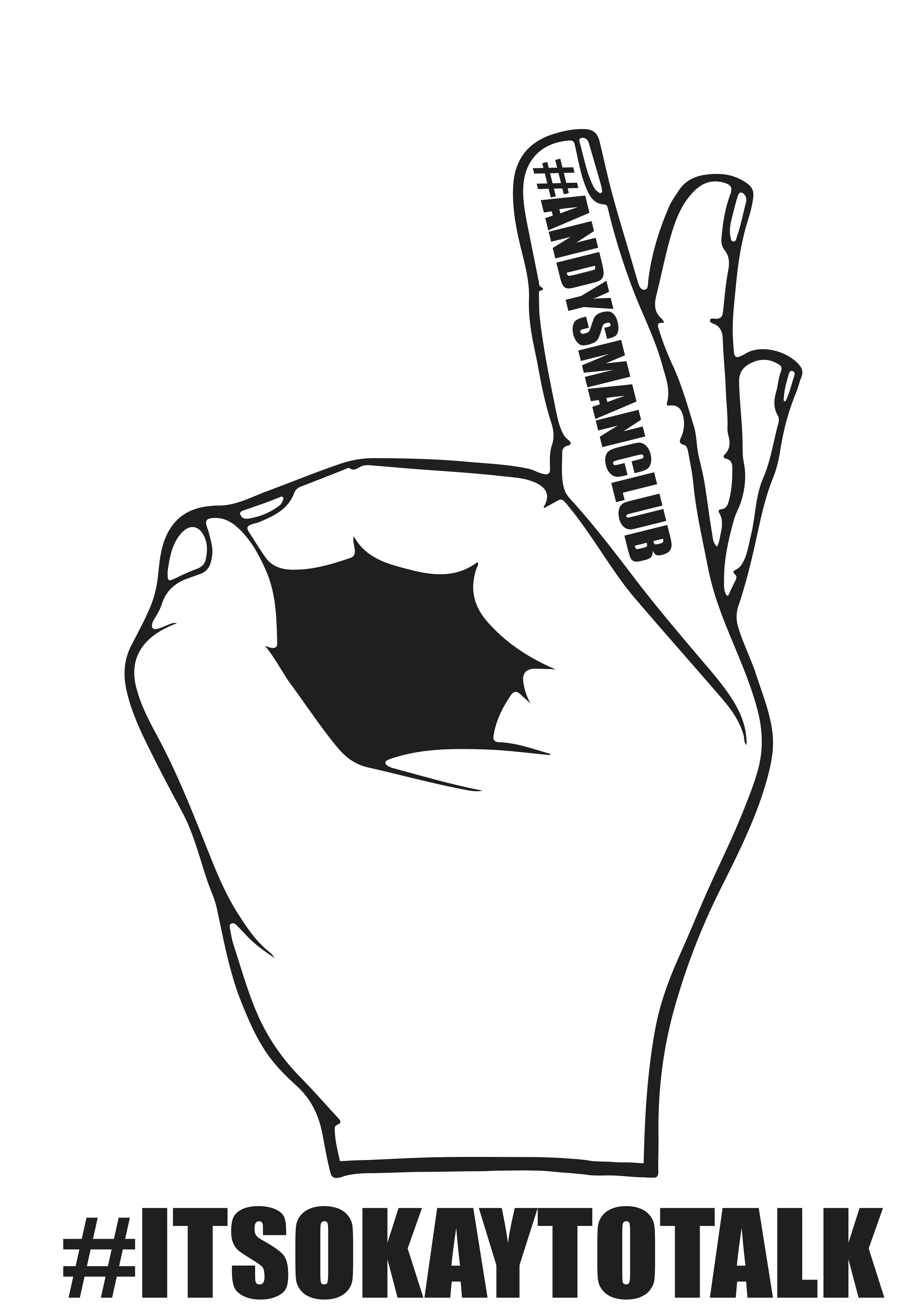Navigational Safety
The principal deep water navigational channels within the statutory limits of the port of Southampton are well marked by buoys and lights. These channels are in constant use by commercial vessels.
Recreational users of the Port are advised to keep well clear of these main channels whenever possible.When main channels have to be crossed, this should be done as nearly as practicable at right angles.AVOID CROSSING THE BOWS OF ON-COMING COMMERCIAL TRAFFIC.Large container ships and VLCCs, in particular, have very restricted visibility for quite a distance ahead. You maybe be able to see her clearly, but can she see you?
Recreational users of the port area are particularly requested to remind themselves of and observe, the Collision Regulations, Port of Southampton Byelaws and Local Notices to Mariners.
Speed of Vessels
Southampton Harbour Byelaws prohibit the navigation of a vessel;
At a speed which endangers the safety of any person, other vessel, buoy, moorings, banks of the port or any other property.
Without reducing speed and wash effect to a safe level when passing a dredger, vessel engaged in diving or underwater operations, or working on a buoy or mooring.
At a speed in excess of 6 knots north of an imaginary line between Hythe Pier and Western Shelf buoy.
Review Local Notices to Mariners for further information on speed restrictions.
Collision Avoidance Check List
Avoid ship channels. Cross them quickly and at right angles.
Be alert. Watch for ship traffic.
Be seen. Especially at night.
Know whistle signals - five or more means Keep Clear.
Listen to VHF R/T channel 12 - if you have to transmit keep your message brief, say what you have to say, then keep listening.
Use up-to-date navigation charts, read Local Notices to Mariners.
When in doubt, Keep Clear. Always be prepared for the unexpected. Lifejackets do not help if you are not wearing them.
KNOW THE COLLISION REGULATIONS BEFORE SAILING
- Check the weather forecast by listening to the shipping or local radio forecast, watching Teletext ITV, telephoning the Maritime and Coastguard Agency or listening to its reports on VHF Channel 67.
- Check the condition of the boat and its equipment.
- Ensure the engine is well maintained. Carry a tool kit and essential spares.
- Ensure safety equipment is in good order and is provided for all on board.
- Carry day and night distress flares, first aid kit and a torch.
- Carry VHF radio with marine frequencies, do not rely on Cellnet and other portable phones.
- Check local conditions, tide rates, shoal waters.
- Obtain and carry the appropriate charts and tide tables.
- Plan your trip.
- Ascertain how long the voyage will take.
- It is prudent to set watches for crew members.
- Plan safe havens en route and alternatives.
- Have sufficient crew for voyage.
RADIO PROCEDURES
Distress
"MAYDAY, MAYDAY, MAYDAY. ALL STATIONS, ALL STATIONS, ALL STATIONS. THIS IS ........ "
Used to indicate that the vessel (or aircraft) is in grave and imminent danger, is sinking or about to sink or is on fire.
"MAYDAY, MAYDAY, MAYDAY. ALL STATIONS, ALL STATIONS, ALL STATIONS. THIS IS ........ "
Used to indicate that the vessel (or aircraft) is in grave and imminent danger, is sinking or about to sink or is on fire.
Urgency
"PAN, PAN, PAN: ALL STATIONS, ALL STATIONS, ALL STATIONS. THIS IS....... "
Used to indicate that the station has a very urgent message concerning the safety of a ship or person on board.
"PAN, PAN, PAN: ALL STATIONS, ALL STATIONS, ALL STATIONS. THIS IS....... "
Used to indicate that the station has a very urgent message concerning the safety of a ship or person on board.
Safety
"SE'CURITE', SE'CURITE', SE'CURITE'. THIS IS ..... "
Used to indicate that the station is about to transmit an important navigational or meteorological warning.
"SE'CURITE', SE'CURITE', SE'CURITE'. THIS IS ..... "
Used to indicate that the station is about to transmit an important navigational or meteorological warning.
HELICOPTER RESCUE
When the helicopter is sighted by a boat in distress, a flare, orange smoke signal, dye marker or a well-trained Aldis lamp will assist recognition (very important if there are other vessels in the vicinity).
Survivors from a yacht with a mast may need to be picked up from a dinghy or liferaft at least 100 ft (30 m) away.
If a crewman descends, he will take charge: obey his instructions. Never secure the winch wire to the yacht and beware that it may carry a lethal static charge if it is not dipped (earthed) in the sea before handling.


